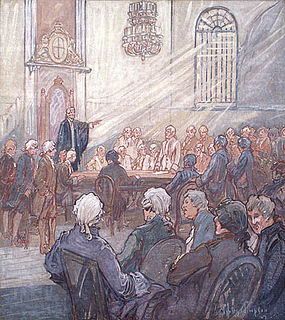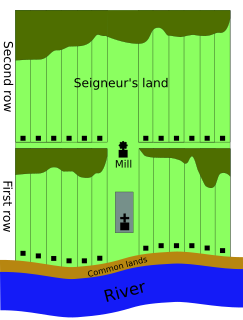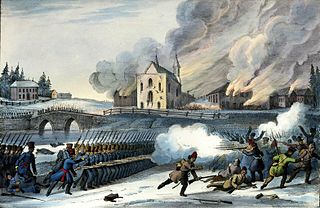Charles Archambault (before 1812 – after 1838) was a surveyor and political figure in Lower Canada. He represented Beauharnois in the Legislative Assembly of Lower Canada from 1830 to 1838.

The Province of Lower Canada was a British colony on the lower Saint Lawrence River and the shores of the Gulf of Saint Lawrence (1791–1841). It covered the southern portion of the current-day Province of Quebec, Canada, and the Labrador region of the modern-day Province of Newfoundland and Labrador.

The Legislative Assembly of Lower Canada was the lower house of the bicameral structure of provincial government in Lower Canada until 1838. The legislative assembly was created by the Constitutional Act of 1791. The lower house consisted of elected legislative councillors who created bills to be passed up to the Legislative Council of Lower Canada, whose members were appointed by the governor general.
He served as a captain in the militia during the War of 1812. In 1816, he qualified as a surveyor and set up practice in Beauharnois. Archambault surveyed the seigneury of Ellice. In 1831, he was named school inspector for Beauharnois County. In the legislative assembly, Archambault generally supported the Parti Patriote and voted in support of the Ninety-Two Resolutions.

The War of 1812 was a conflict fought between the United States, the United Kingdom, and their respective allies from June 1812 to February 1815. Historians in Britain often see it as a minor theater of the Napoleonic Wars; in the United States and Canada, it is seen as a war in its own right.

Beauharnois is a city located in the Beauharnois-Salaberry Regional County Municipality of southwestern Quebec, Canada, and is part of the Greater Montreal Area. The city's population as of the Canada 2011 Census was 12,011. It is home to the Beauharnois Hydroelectric Power Station, one of the largest hydroelectric generating stations in the world, as well as the Beauharnois Lock of the Saint Lawrence Seaway.

The manorial system of New France was the semi-feudal system of land tenure used in the North American French colonial empire.







